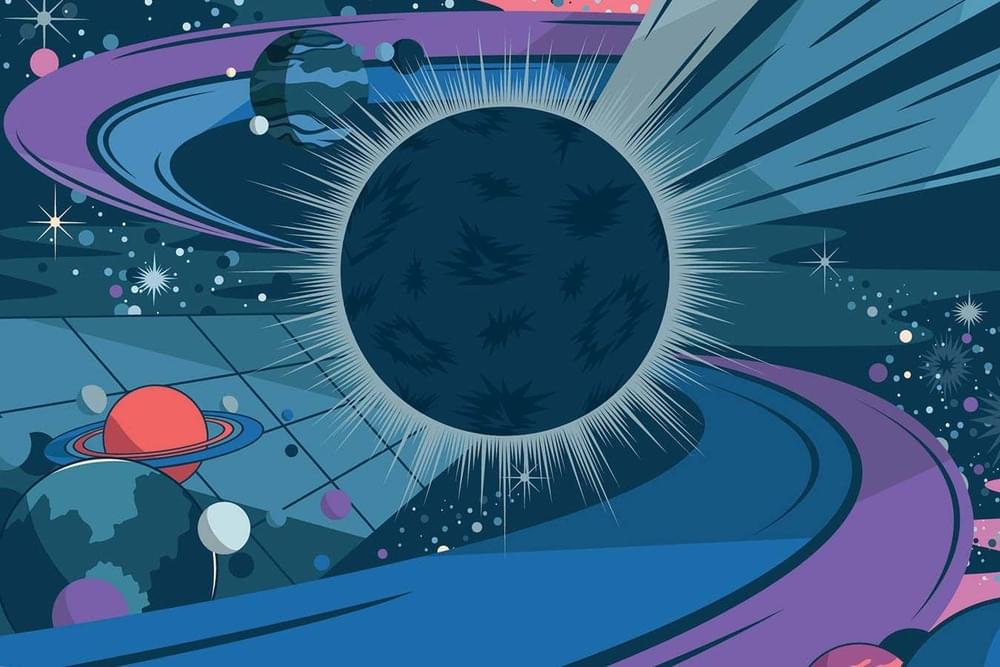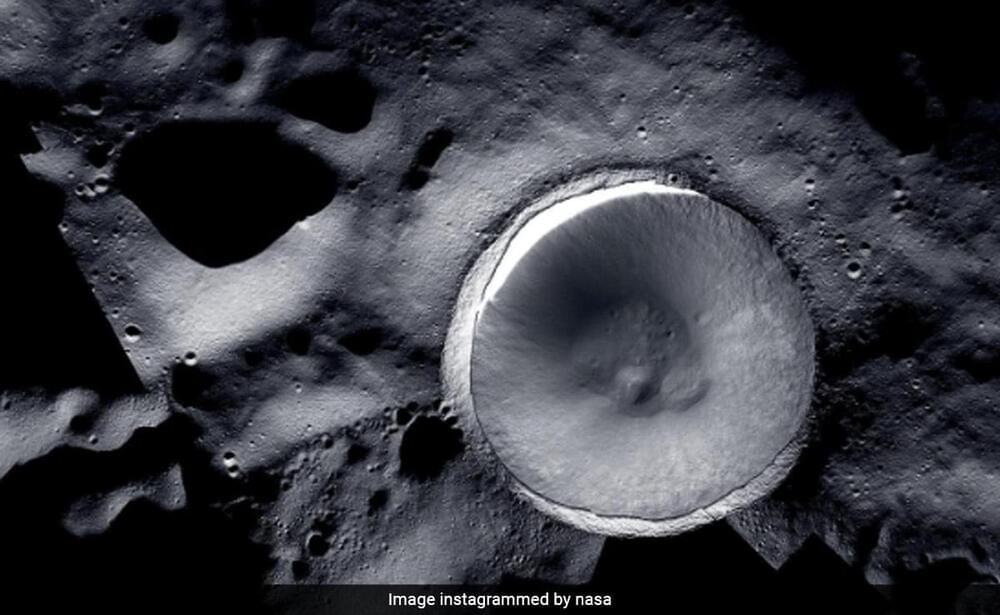Researchers at MESA+ Institute for Nanotechnology developed a tool that can measure the size of a plasma source and the color of the light it emits simultaneously. “Measuring both at the same time enables us to further improve lithography machines for smaller, faster and improved chips.” The article is highlighted as an Editor’s pick in Optics Letters.
Lithography machines are central to the process of making the microchips that are needed for almost all our electronic devices. To produce the smallest chips, these machines need precision-engineered lenses, mirrors and light sources. “Traditionally, we could only look at the amount of light produced, but to further improve the chipmaking process, we also want to study the colors of that light and the size of its source,” explains Muharrem Bayraktar, assistant professor at the XUV Optics Group.
The extreme ultraviolet light is emitted by a plasma source, produced by aiming lasers at metal droplets. With sets of special mirrors, this light is aimed at a silicon wafer to create the smallest microchips imaginable. “We want to make the plasma as small as possible. Too large and you ‘waste’ a lot of light because the mirrors cannot catch all the light,” says Bayraktar.





